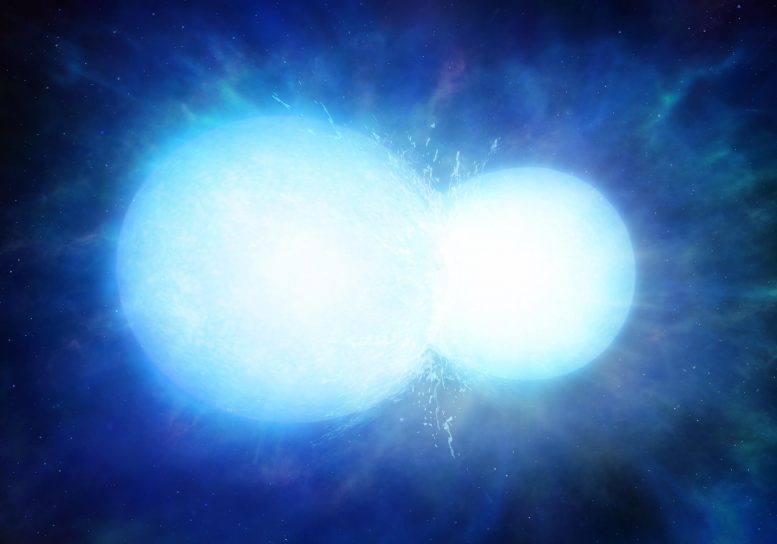
Artist’s impression of two white dwarfs in the process of merging. Depending on the combined mass, the system may explode in a thermonuclear supernova, or coalesce into a single heavy white dwarf, as with WDJ0551+4135. Credit: University of Warwick/Mark Garlick
A massive white dwarf star with a bizarre carbon-rich atmosphere could be two white dwarfs merged together according to an international team led by University of Warwick astronomers, and only narrowly avoided destruction.
They have discovered an unusual ultra-massive white dwarf around 150 light-years from us with an atmospheric composition never seen before, the first time that a merged white dwarf has been identified using its atmospheric composition as a clue.
The discovery, published today (March 2, 2020) in the journal Nature Astronomy, could raise new questions about the evolution of massive white dwarf stars and on the number of supernovae in our galaxy.
This star, named WDJ0551+4135, was identified in a survey of data from the European Space Agency’s Gaia telescope. The astronomers followed up with spectroscopy taken using the William Herschel Telescope, focusing on those white dwarfs identified as particularly massive – a feat made possible by the Gaia mission. By breaking down the light emitted by the star, the astronomers were able to identify the chemical composition of its atmosphere and found that it had an unusually high level of carbon present.
Lead author Dr. Mark Hollands, from the University of Warwick Department of Physics, said: “This star stood out as something we had never seen before. You might expect to see an outer layer of hydrogen, sometimes mixed with helium, or just a mix of helium and carbon. You don’t expect to see this combination of hydrogen and carbon at the same time as there should be a thick layer of helium in between that prohibits that. When we looked at it, it didn’t make any sense.”
To solve the puzzle, the astronomers turned detective to uncover the star’s true origins.
White dwarfs are the remains of stars like our own Sun that have burnt out all their fuel and shed their outer layers. Most are relatively lightweight, around 0.6 times the mass of our Sun, but this one weighs in at 1.14 solar masses, nearly twice the average mass. Despite being heavier than our Sun, it is compacted into two-thirds the diameter of Earth.
The age of the white dwarf is also a clue. Older stars orbit the Milky Way faster than younger ones, and this object is moving faster than 99% of the other nearby white dwarfs with the same cooling age, suggesting that this star is older than it looks.
Dr. Hollands adds: “We have a composition that we can’t explain through normal stellar evolution, a mass twice the average for a white dwarf, and a kinematic age older than that inferred from cooling. We’re pretty sure of how one star forms one white dwarf and it shouldn’t do this. The only way you can explain it is if it was formed through a merger of two white dwarfs.”
The theory is that when one star in a binary system expands at the end of its life it will envelop its partner, drawing its orbit closer as the first star shrinks. The same will happen when the other star expands. Over billions of years, gravitational wave emission will shrink the orbit further, to the point that the stars merge together.
While white dwarf mergers have been predicted to occur, this one would be particularly unusual. Most of the mergers in our galaxy will be between stars with different masses, whereas this merger appears to be between two similarly sized stars. There is also a limit to how big the resulting white dwarf can be: at more than 1.4 solar masses it is thought that it would explode in a supernova though it may be possible for that these explosions can occur at slightly lower masses, so this star is useful in demonstrating how massive a white dwarf can get and still survive.
Because the merging process restarts the cooling of the star, it is difficult to determine how old it is. The white dwarf probably merged around 1.3 billion years ago but the two original white dwarfs may have existed for many billions of years prior.
It is one of only a handful of merged white dwarfs to be identified so far, and the only one via its composition.
Dr. Hollands adds: “There aren’t that many white dwarfs this massive, although there are more than you would expect to see which implies that some of them were probably formed by mergers.
“In the future we may be able to use a technique called asteroseismology to learn about the white dwarf’s core composition from its stellar pulsations, which would be an independent method confirming this star formed from a merger.
“Maybe the most exciting aspect of this star is that it must have just about failed to explode as a supernova – these gargantuan explosions are really important in mapping the structure of the Universe, as they can be detected out to very large distances. However, there remains much uncertainty about what kind of stellar systems make it to the supernova stage. Strange as it may sound, measuring the properties of this ‘failed’ supernova, and future look-alikes, is telling us a lot about the pathways to thermonuclear self-annihilation.”
Reference: “An ultra-massive white dwarf with a mixed hydrogen-carbon atmosphere as a likely merger remnant” by M. A. Hollands, P.-E. Tremblay, B. T. Gänsicke, M. E. Camisassa, D. Koester, A. Aungwerojwit, P. Chote, A. H. Córsico, V. S. Dhillon, N. P. Gentile-Fusillo, M. J. Hoskin, P. Izquierdo, T. R. Marsh and D. Steeghs, 2 March 2020, Nature Astronomy.
DOI: 10.1038/s41550-020-1028-0
The research was funded by the European Research Council and the Science and Technologies Facilities Council (STFC) part of UK Research and Innovation (UKRI).



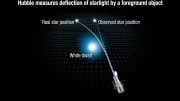
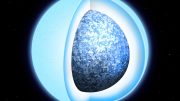

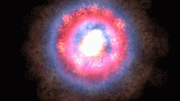
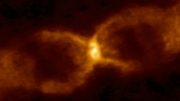

Be the first to comment on "Astronomers Solve the Puzzle of a Massive White Dwarf Star With a Bizarre Atmosphere"